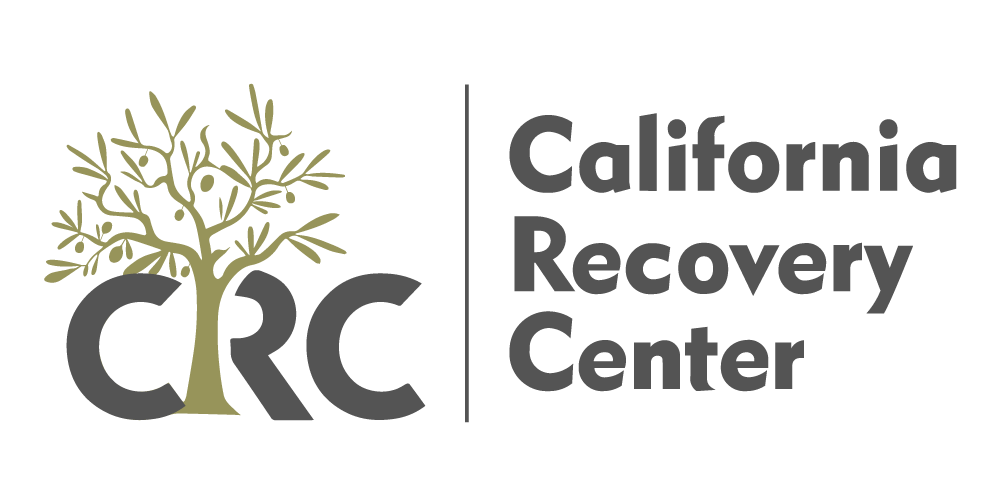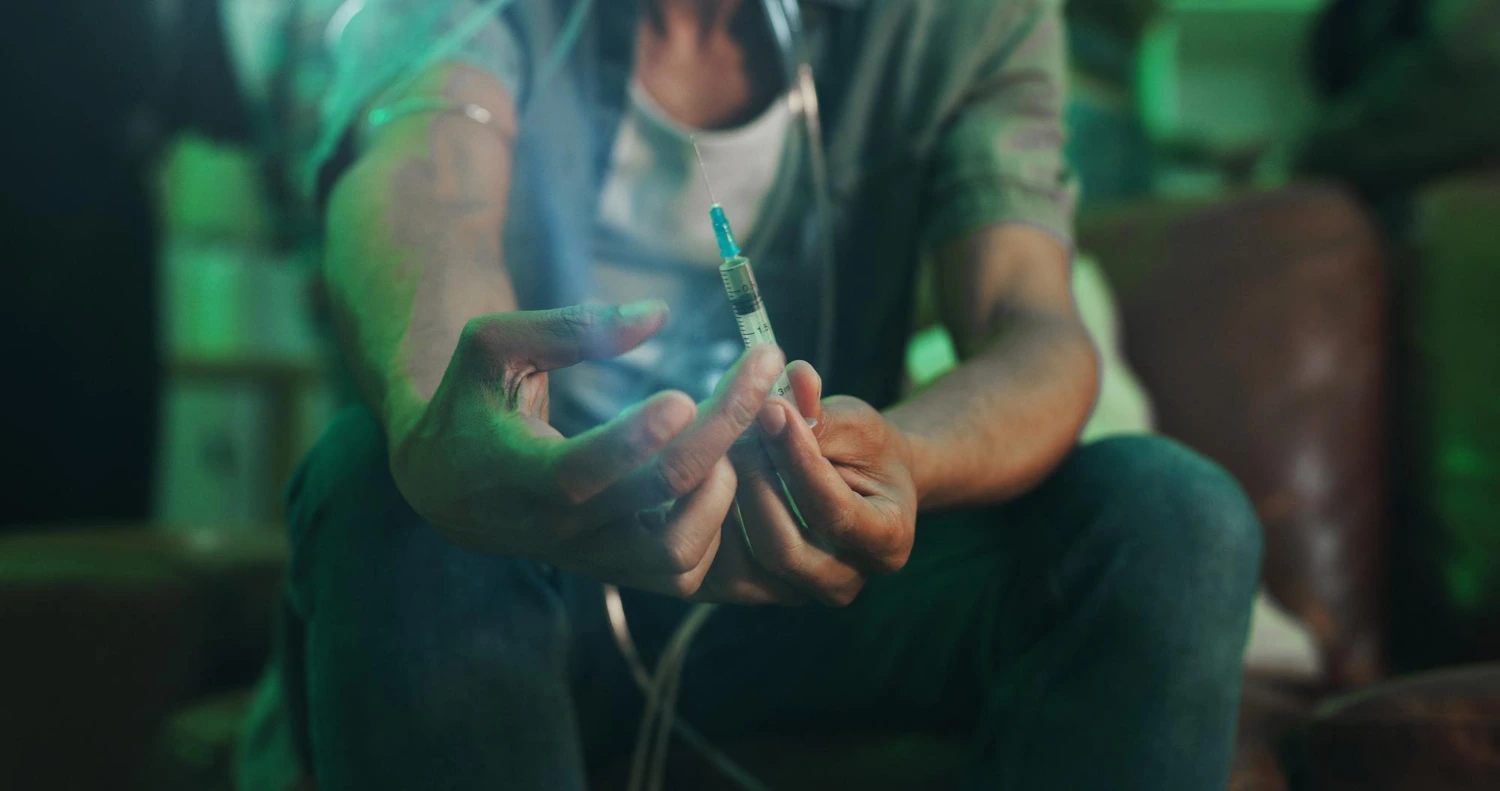How to Avoid Overdose and Build a Lasting Recovery: Understanding Fentanyl Addiction
Fentanyl is a powerful synthetic opioid that has become one of the deadliest substances involved in the current opioid epidemic. It is used medically to treat severe pain, especially in cancer or post-surgical patients, but outside of clinical settings, illegally manufactured fentanyl is contributing to tens of thousands of deaths each year.
The risk of fentanyl addiction lies in how quickly the drug works and how powerfully it affects the brain. Fentanyl is 50 times more potent than heroin and 100 times stronger than morphine. Its strength makes it highly addictive and extremely easy to overdose on, especially when it is mixed with other drugs like heroin, cocaine, or counterfeit pills. Often, people who overdose on fentanyl didn’t even know they were taking it.
What Makes Fentanyl So Dangerous?
The problem with fentanyl addiction is not just how quickly dependence develops, but also how unforgiving it is. Even a tiny amount of fentanyl, just two milligrams, can cause a fatal overdose. Because it’s frequently mixed with other substances, people may unknowingly take a lethal dose. This risk is even greater after a period of sobriety, when tolerance has dropped and the body is no longer able to handle the same amount as before.
Fentanyl binds to opioid receptors in the brain, quickly flooding the body with dopamine and creating a strong sense of euphoria. Over time, the brain becomes dependent on the drug, and natural dopamine production slows down. People develop a tolerance, meaning they need more of the drug to achieve the same effect, and withdrawal symptoms become more intense, making it harder to stop.
Recognizing the Signs of Fentanyl Addiction and Overdose
Fentanyl addiction often causes noticeable changes in a person’s mood, behavior, and health. Someone struggling with addiction may become socially withdrawn, experience memory problems, or engage in risky behavior. Cravings may become overwhelming, and using fentanyl may start to feel like the only way to function.
In the case of a fentanyl overdose, immediate action is critical. Signs to watch for include:
- Slow or stopped breathing
- Unconsciousness
- Pale or blue-tinged skin
- Extremely small pupils
If you see someone experiencing these symptoms, call emergency services immediately and administer naloxone if available.
The Role of Withdrawal and Cravings in Relapse
After stopping fentanyl use, many people experience severe withdrawal symptoms. These can include muscle pain, chills, vomiting, anxiety, insomnia, and intense drug cravings. The discomfort and distress of withdrawal are major reasons why relapse occurs.
However, with professional treatment, withdrawal symptoms can be managed safely. Medication-assisted treatment (MAT) options, such as Suboxone or Methadone, can reduce cravings and support recovery, especially in the early weeks after detox treatment. This approach increases the chances of avoiding fentanyl overdose and maintaining long-term sobriety.
Why Relapse Can Be Fatal for People Recovering from Fentanyl Addiction
Relapse is always a risk in addiction recovery, but it is particularly dangerous for people recovering from fentanyl addiction. After detox or a period of abstinence, a person’s tolerance drops significantly. If they return to using the same amount as before, the body cannot process it, and the result can be a fatal overdose.
This is why relapse prevention is not just about staying sober, but also about staying alive. It’s essential to understand what triggers relapse, how to prepare for those triggers, and how to stay connected to a support network during every stage of recovery.
Effective Strategies for Relapse Prevention
Relapse prevention begins with education and self-awareness. Understanding your triggers whether they are stress, boredom, certain people, or places, gives you a chance to respond differently. Developing healthy coping strategies, such as physical activity, mindfulness, or talking with an addiction therapist, can help manage cravings when they arise.
Structured treatment programs that include therapy, peer support, and aftercare services are also essential. Cognitive behavioral therapy (CBT), dialectical behavior therapy (DBT), and trauma-informed care can address the root causes of addiction, including unresolved trauma, anxiety, or depression.
Support groups, such as Narcotics Anonymous or community-based recovery groups, offer the encouragement and accountability needed to stay on track. Regular meetings, mentorship from a sponsor or peer, and consistent communication with counselors can make a huge difference in recovery outcomes.
Medication-Assisted Treatment and Long-Term Recovery
For people recovering from fentanyl addiction, medication-assisted treatment is one of the most effective tools available. Medications like buprenorphine, methadone, or naltrexone help balance brain chemistry, reduce cravings, and lower the chances of overdose. MAT is not replacing one drug with another. When used as part of a comprehensive recovery plan, these medications support healing and give the individual space to rebuild their life.
A long-term recovery plan should also include mental health care, healthy nutrition, regular sleep, and building positive routines. Many people in recovery benefit from creative outlets, physical movement, volunteering, or returning to school or work. Rebuilding confidence and creating a meaningful life are powerful antidotes to the desire to return to drug use.
Helping a Loved One Through Fentanyl Addiction
Family members can play an important role in relapse prevention and long-term recovery. Educating yourself about fentanyl addiction, setting healthy boundaries, and participating in family therapy can help create a supportive environment without enabling destructive behavior.
Having open, honest conversations can help your loved one feel safe and less isolated. Encourage treatment, support attendance at meetings, and help establish routines that promote sobriety. It’s also important for families to practice self-care, as addiction affects everyone in the household.
Use of Naloxone in Preventing Fentanyl Overdose
If someone in your life is struggling with opioid use, it’s wise to carry naloxone. This medication can reverse the effects of a fentanyl overdose if given quickly. It is available without a prescription in many states and is simple to use. Knowing how to respond in an emergency can make the difference between life and death.
Having naloxone nearby does not encourage drug use; rather, it’s a precaution, just like having a fire extinguisher in your home. It offers a second chance, one that many families are grateful for.
Hope and Healing Are Possible
Fentanyl addiction may be powerful, but recovery is stronger. With the right treatment, support, and commitment to change, people can rebuild their lives, avoid relapse, and protect themselves from fentanyl overdose. It’s not always a straight line, and setbacks may occur, but every day in recovery is a step toward healing.
Choosing recovery is choosing life. If you or someone you love is struggling with fentanyl addiction, now is the time to reach out for help.
Begin Your Recovery with California Recovery Center
At California Recovery Center, we understand how urgent and overwhelming fentanyl addiction can be. Our programs are designed to help you detox safely, develop healthy coping tools, and create a personalized relapse prevention plan.
We provide a full continuum of care, including detox services, outpatient therapy, medication-assisted treatment, and ongoing support after treatment ends. You are never alone in your journey. We are here to walk with you through every step of the process.
Learn How CRC Can Help You
Call today to learn how we can help you or your loved one begin a safe and lasting recovery from fentanyl addiction.




